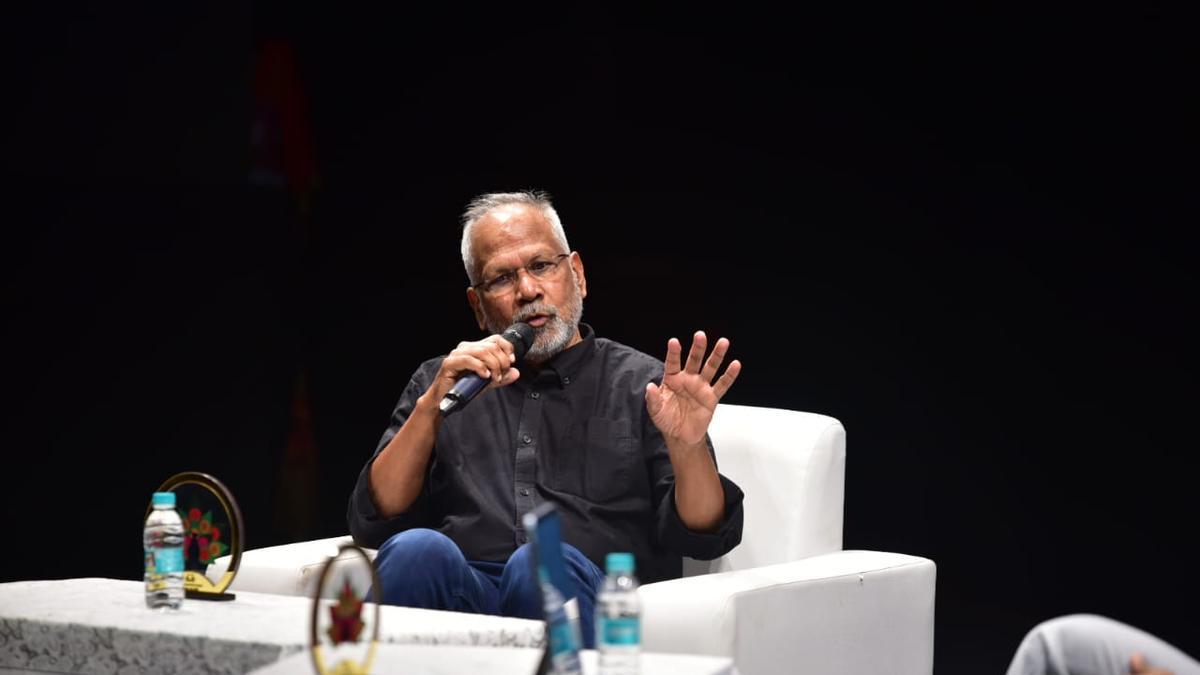
In a striking deviation from 147 years of cricket history, England took a bold step by naming an unconventional playing XI for the first Test of their five-match series against India in Hyderabad. Adhering to their custom, the visitors announced their team composition a day before the match, revealing a strategy led by captain Ben Stokes that would see England fielding three spinners and only one seamer for the match.
The trio of twirlers comprising Rehan Ahmed, Jack Leach, and debutant Tom Hartley will carry the torsion taskforce of England’s attack. Meanwhile, Shoaib Bashir, who was also in contention for a spot, faced visa delay issues, ruling him out for selection. The English side’s fast bowling responsibilities will rest almost solely upon the shoulders of Mark Wood. This notable selection of just one specialist pace bowler in the lineup marks a first in England’s storied Test history, which commenced back in 1877 with their inaugural match against Australia.
Although England had once previously gone into a Test with a seemingly similar bowling composition against Australia in 1888, on that occasion, the team included another competent seamer who ultimately wasn’t summoned to bowl. This time around, the conditions in Hyderabad have nudged England towards spinning their fate on the subcontinental pitch, quite literally.
This strategic shift acquires an even more intriguing facet considering that veteran pacer James Anderson has been sidelined for the series, thrusting Mark Wood into the limelight as England’s premier paceman. This will be the first time Wood has been handed the new ball since 2015, should he undertake the role, setting another possible milestone. If instead, England elects to commence proceedings with spin from both ends, it would result in the first instance since 1902 of the side starting with dual spinners, the last being Len Braund and Colin Blythe against Australia in Adelaide.
The build-up to this selection has been shaped by the evolving conditions of the game and injuries. Notably, Ben Stokes, though an accomplished all-rounder, is confined to contributing only with the bat in this particular Test, owing to a knee injury. This restriction further emphasizes the rarity of England’s bowling lineup, with such reliance placed on spin in an away game.
India, on the other hand, has fielded a balanced side led by Rohit Sharma with a combination of batting prowess and varied bowling options. Alongside Sharma, the batting lineup includes the likes of KL Rahul and Shreyas Iyer. The Indian team’s spin department is bolstered by Ravindra Jadeja and Ravichandran Ashwin, while Jasprit Bumrah and Mohammed Siraj lead the pace attack.
While both squads have a blend of experience and emerging talent, England’s singular approach heralds an intriguing competition ahead as they confront the Indian battalion. The Hyderabad Test presents not merely a tactical trial for the visitors but a rewriting of their own playbook that could lead to an audacious triumph or raise questions of their adaptability to Indian conditions. With subtle murmurs of a new era echoing through the choices made by England’s leadership, the cricketing world watches with keen interest to see if history will both be made and favorably remembered at the conclusion of this Test match.










